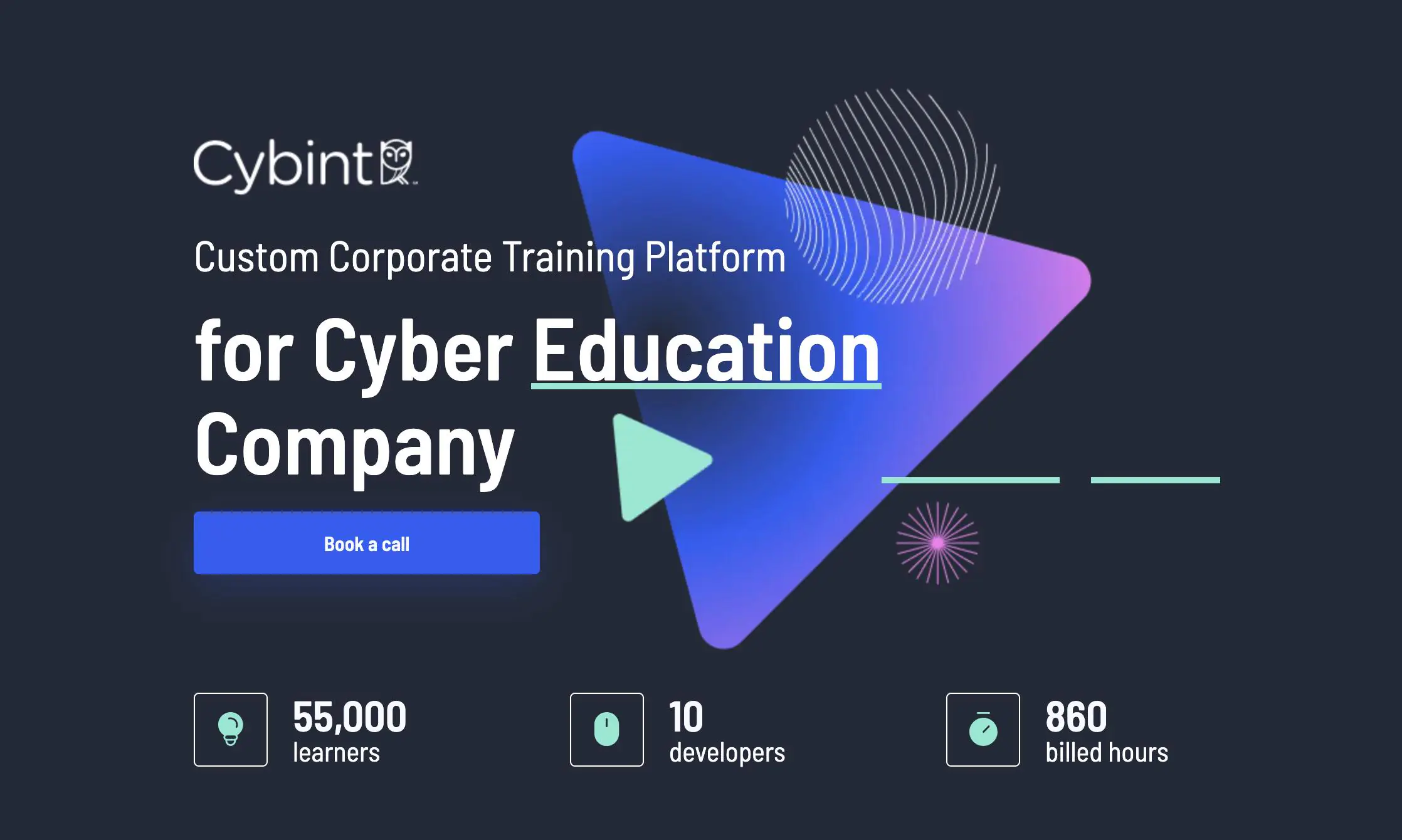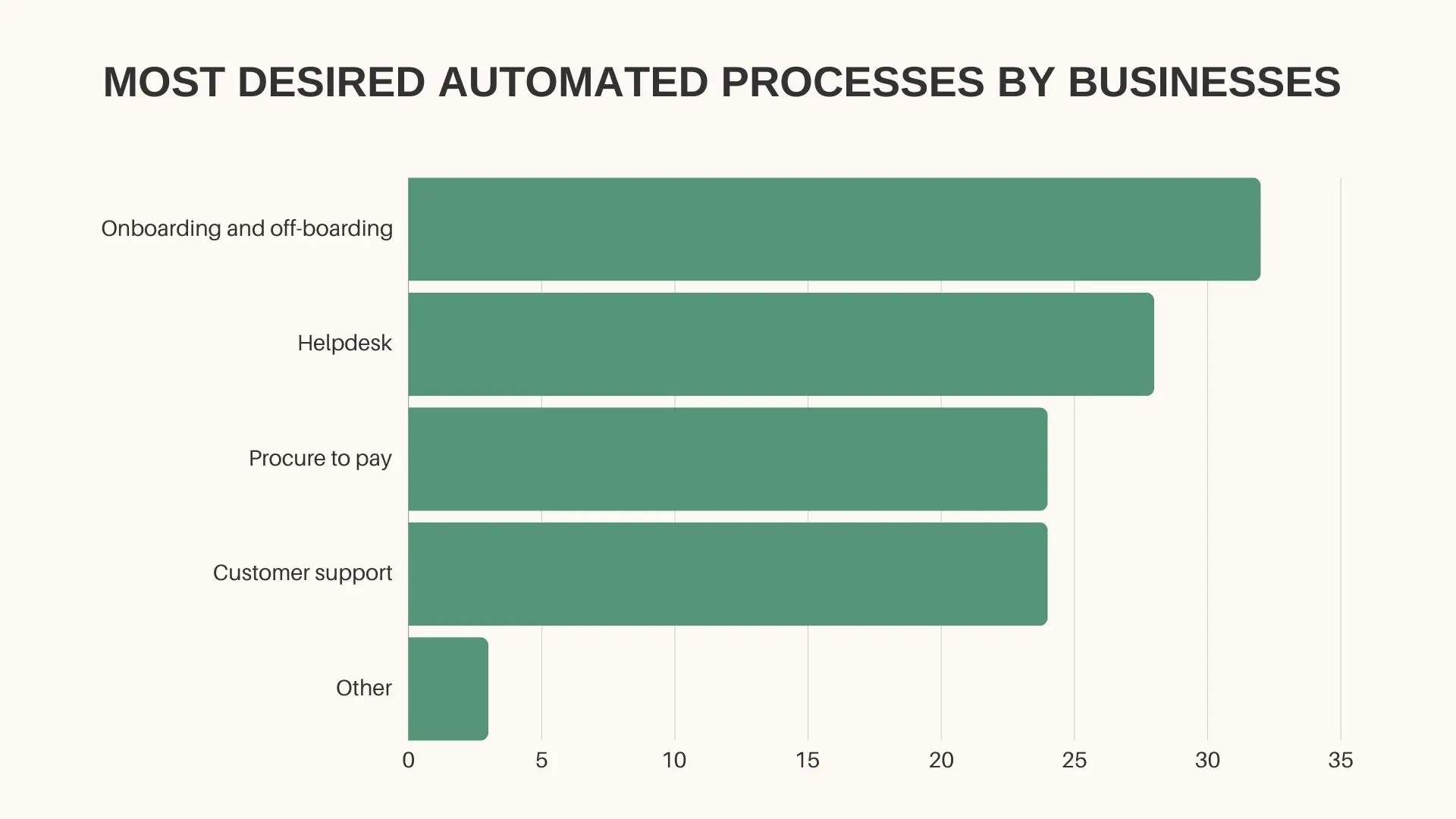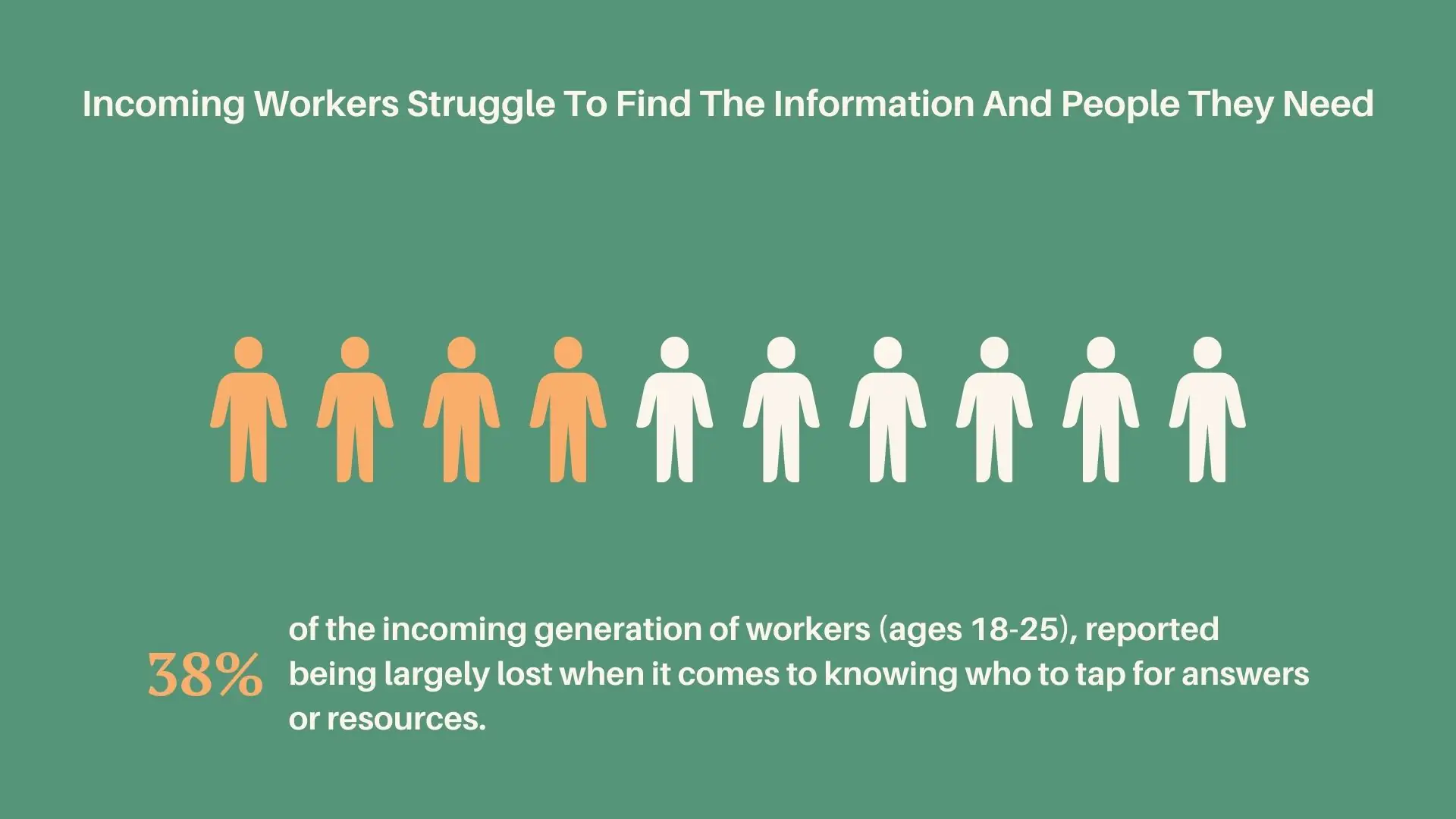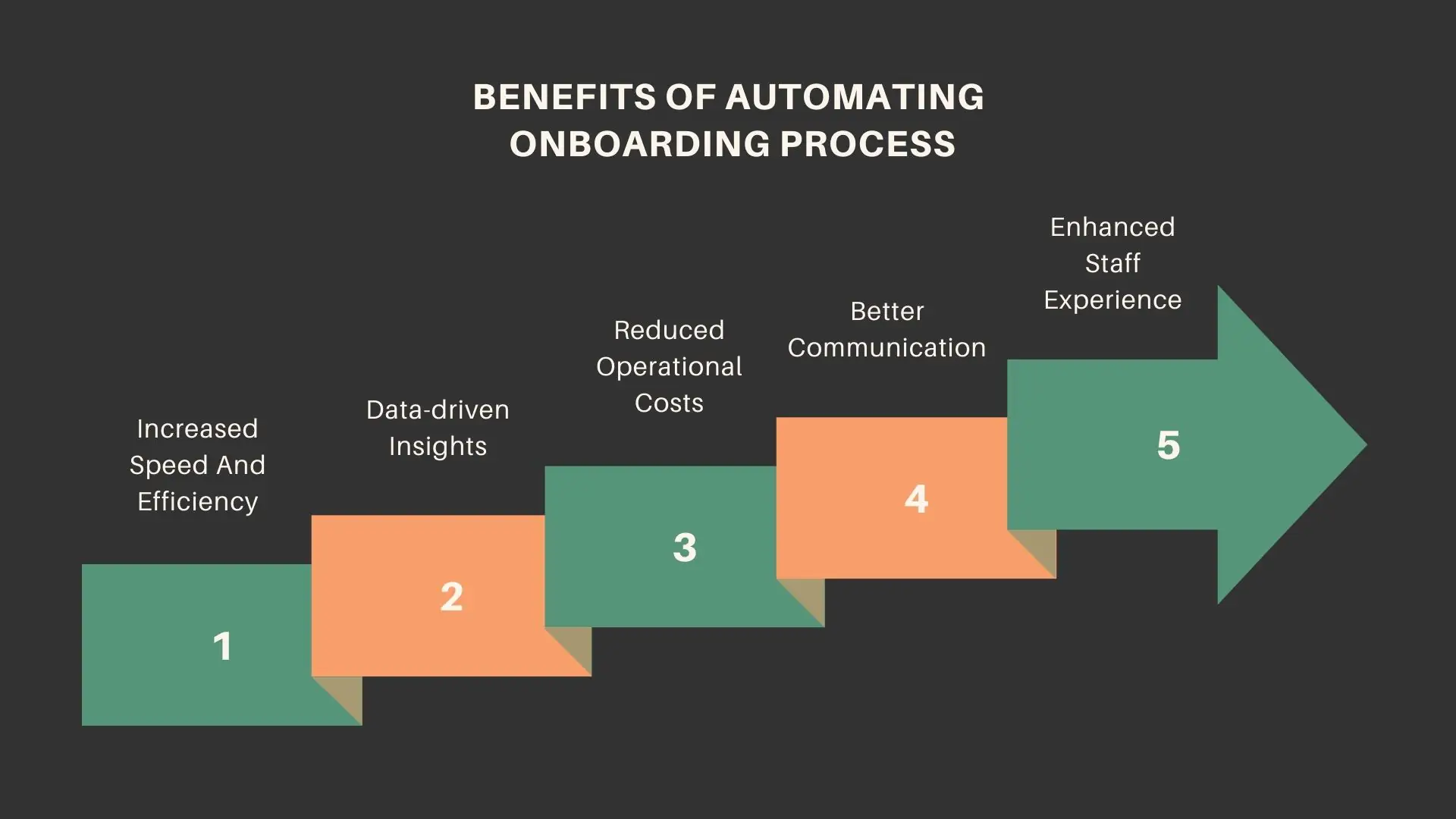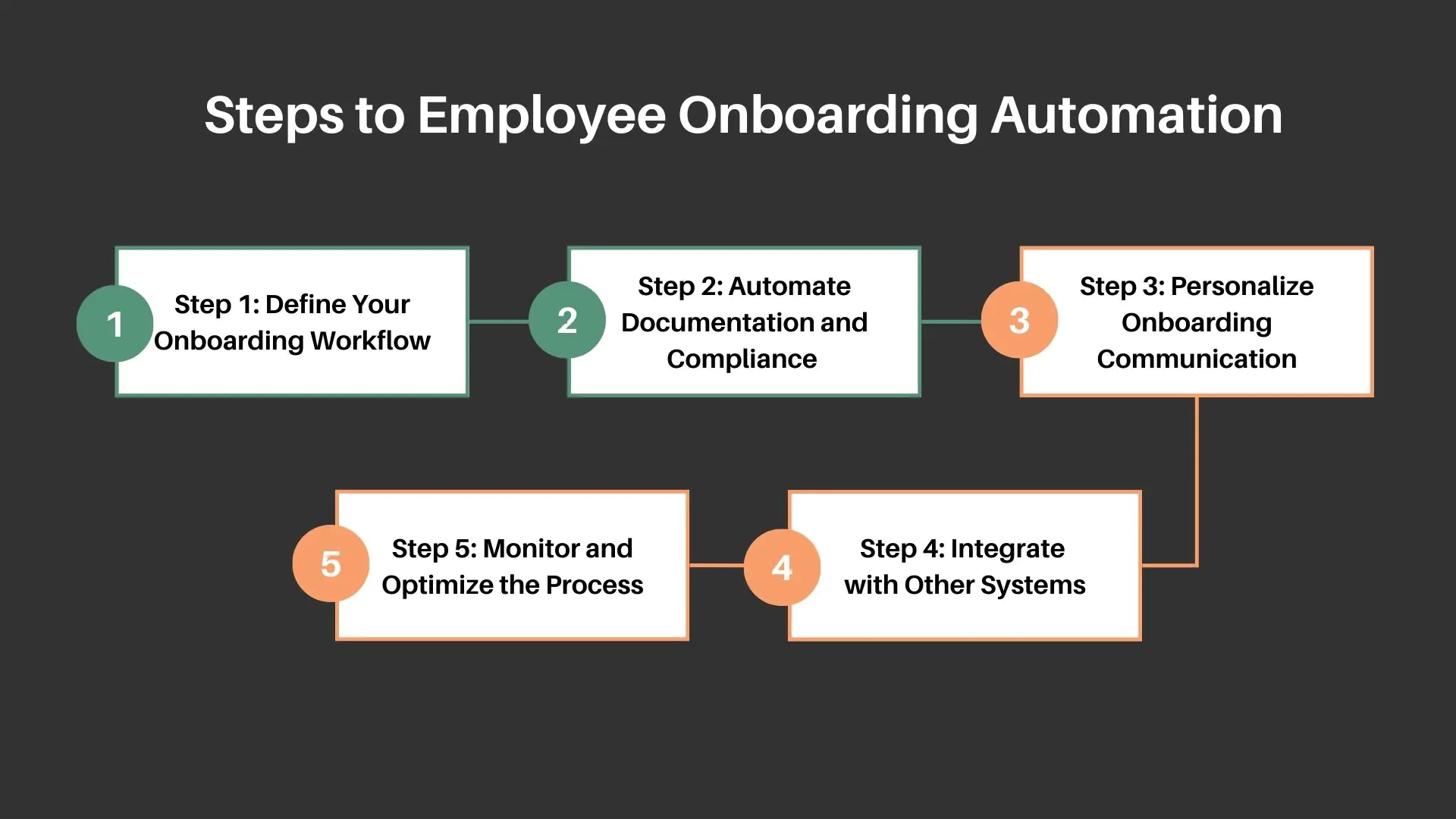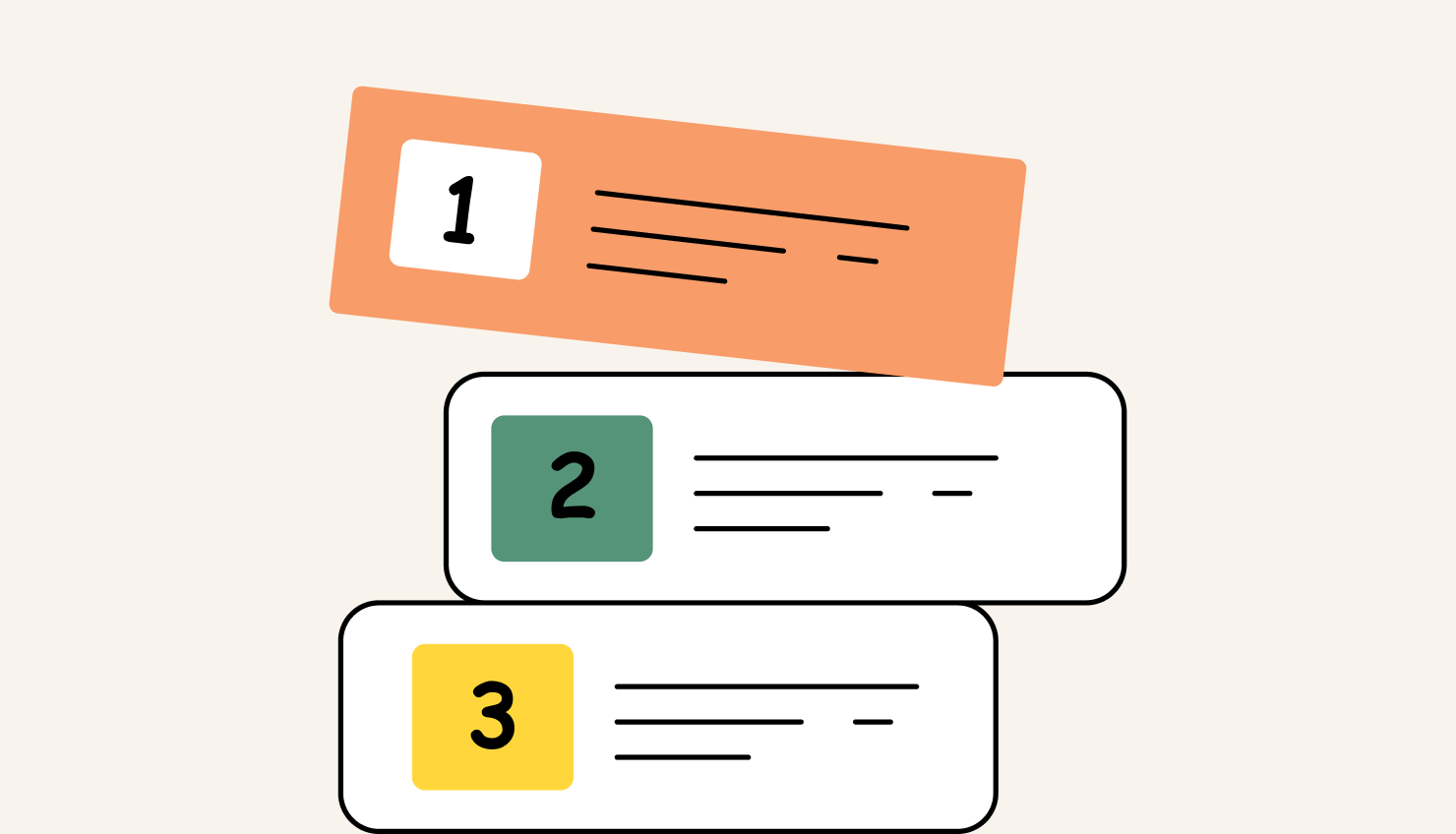Employee onboarding automation is reshaping how companies welcome new hires. Instead of drowning in paperwork and scattered training sessions, HR teams can now streamline the process with digital tools. Onboarding workflows ensure that every step—introductions, role setup, and compliance training—happens on time and in the right order. The result is a smoother experience for employees and more time for managers to focus on building real connections with their teams.
“We were surprised to discover that onboarding automation increases retention by 82%”.
So, let’s ask—do you remember your first day at your current job? How many tools, channels, and policies overwhelmed you? Likely, it was a lot. This is exactly how your employees feel during the start of their onboarding process. We realized this firsthand while implementing an employee onboarding automation project for the Cyber Education Company.
The employee onboarding process has its own steps that every new hire needs to go through. Unfortunately, a whopping 81% of newcomers report being overwhelmed with information during the start. How can we fix it? What will it give the company? Let’s find out together.
Highlights:
- What is employee onboarding automation?
- Benefits of automating employee onboarding.
- Common challenges and how to solve them.
- How to automate the onboarding process.
- How to automate onboarding tasks.
- Actionable tips from the Raccoon Gang experienced team on successful onboarding.
Article Outline:
Understanding onboarding automation, its benefits, steps to implement, expert tips, and overcoming automation challenges.
What is Employee Onboarding Automation?
Employee onboarding automation should be understood as a way to simplify and speed up the transition of new employees from “oh my, so much unfamiliar” to “I’m almost at home here.” Automation of document flow, training schedules, and compliance requirements will contribute to the accelerated adaptation of employees to new processes. As a result, you can receive an increase in new hire productivity by 50%.
“An automated onboarding process, as the practice of our customers and partners shows, contributes to the growth of revenue in the company as a whole.”
Simple math: Research from Glean shows that employees look for specific information about 35 times a week. On average, they spend up to 13 minutes searching before seeking assistance, resulting in over 7.5 hours lost each week. Think about how much more productive your team could be with HR onboarding automation that provides the right information right when they need it.
Impact of Onboarding Automation
| Company | Challenge | Solution | Impact of Automation |
| TechTeam | High turnover due to inconsistent onboarding | Automated onboarding checklist and training modules | Reduced turnover by 40% and improved retention rates |
| Health Corporation | Manual onboarding process takes too long | Automated paperwork and compliance documentation | Reduced onboarding time by 50% |
| RetailChain | Information overload for new hires | Streamlined onboarding process with self-paced training | Improved employee satisfaction and reduced training time by 30% |
According to a McKinsey report, employees spend 1.8 hours daily searching for information. By using online employee training software, your employees spend 8 hours less each week searching for and accessing information. Think of it as a whole workday being freed up for each specialist by having everything they need on one platform.
Simplify Your Onboarding Process → Explore Our Automated Solution.
Why Automating Employee Onboarding is Important
When you automate employee onboarding, you create the foundation for several benefits for individual employees and the company. Let’s discuss the most important benefits of automating staff onboarding.
1. Saves Time
Boring tasks like filling out forms and setting up training can be automated, freeing up extra time for your HR team.
“HR professionals can reduce the onboarding time of each new employee from 10 hours to just 2. Simple calculations show that cost savings of $192 per new hire. For a small business that hires 10 people annually, such optimization will guarantee total savings of $1,920 per year.”
2. Same Experience for Everyone
With onboarding automation, every new hire goes through the same map from the start, ensuring your organization has a common denominator for all employees.
3. Faster Start
Automation helps new employees complete onboarding faster. As a result, new employees can start their jobs faster and contribute to the company’s bottom line sooner.
4. Happier Employees
A soft onboarding process makes new employees feel welcome and supported. Happy employees are more likely to stay with your company longer.
“77% of employees believe that easy access to information helps keep them productive and engaged at work.”
5. Keeps Everything in Order
Do not allow situations where employees skip important steps or documents during onboarding. Automation ensures that the newcomer receives the necessary materials in the correct sequence.
6. Saves Money
It is impossible to ignore the fact that accelerated adaptation of new specialists while minimizing potential gaps in onboarding leads to cost reduction.
7. Investments That Work
Learning Management Systems can combine a multitude of tools integrated into a single ecosystem. Onboarding becomes even better when new hires learn at their own pace and receive personalized assistance.
8. Tracking Progress
With an LMS, HR managers can see how each new hire moves through the onboarding process. LMS analytics help improve the process, identifying weaknesses or stages where employees are slowing.
5 Simple Steps to Employee Onboarding Automation
Using employee onboarding automation for your company is easier than you think. Below, we’ll look at five steps to create an onboarding process that will make life easier for everyone involved in your company.
Step 1: Define Your Onboarding Workflow
To realize the full benefits of automation, it’s essential to clearly define your onboarding workflow. For example:
- Pre-hire: Completing background checks, preparing contracts, and setting up equipment.
- Orientation: Introducing the company, its values, and policies during the first few days.
- First 90 days: Training, setting expectations, and assigning mentors for continued support.
“Choosing the right tools is key to successful onboarding automation. Look for solutions that fit your team’s needs, such as LMS platforms for training.”
Step 2: Automate Documentation and Compliance
One of the biggest opportunities provided by onboarding automation is automating the paperwork. Compliance tools help minimize errors.
Step 3: Personalize Onboarding Communication
Automation doesn’t have to feel robotic. Welcome emails, task reminders, and check-ins can all become bridges between the company and the employee. Give employees a chance to feel valued right from the start.
Step 4: Integrate with Other Systems
A car goes fast only when all its parts are placed correctly. It’s important to integrate your onboarding process with existing systems, such as:
- HR systems like BambooHR or Workday to monitor employee progress and manage tasks.
- LMS platforms to facilitate easy access to training materials and track learning advancements.
- Project management tools like Asana or Trello to assign tasks and set timelines.
Outcomes: Linking the onboarding system with the LMS and HR platform reduced onboarding time by 40%, leading to faster employee productivity.
Step 5: Monitor and Optimize the Process
The work doesn’t stop once the system is operational. Use data from your automated systems to track progress and pinpoint areas needing improvement. Are certain tasks falling behind? Are employees completing their training on schedule? By consistently refining the process, you can provide a better onboarding experience for future hires.
3 Tips from the Raccoon Gang Team on Successful Employee Onboarding Automation
When you automate employee onboarding, be consistent. Start small and work your way up to more complex processes. We’ve been convinced of this for almost 10 years – it works. Here are three practical tips to help you get the most out of onboarding automation.
Tip 1: Start with Simple Tasks
You can always find tasks that require a lot of time from your teams. For example, sending welcome emails, signing contracts and policies can be partially or fully automated.
Case Study: Sending out digital contracts and setting up accounts for new hires within the first month can help cut manual HR tasks by 20%. As a result, you can expect to save over 50 hours of HR time.
“Don’t be part of the 36% – companies without a clear onboarding process. Learn why this leads to low employee satisfaction and discover proven best practices to improve your onboarding.”
Tip 2: Keep Your Training Materials Relevant
Automation alone is not always worth the resources spent on its implementation. It’s important to update your onboarding materials. Check regularly to make sure new hires are getting the latest information.
Case Study: Using outdated materials often leads to employee engagement dropping after the first six months. By keeping onboarding content up to date, you can boost new hire completion rates by 25%.
“When you automate employee onboarding, don’t forget to keep your materials up to date. Relevant content leads to more engagement.”
Tip 3: Automate Feedback Collection
Continuous improvement will help you move in the right direction. Automating feedback collection keeps insights from new hires relevant by reducing the time from receipt to action. Use employee onboarding tools and see benefits.
Case Study: Automated feedback surveys after the first week and at the 30-day for new hires will contribute to a 15% increase in employee retention after the first year.
“Automatic feedback collection will save you from the situation where you receive feedback late due to a lack of employees. The faster you receive current data, the more valid decisions you can make.” — Valeriia Manaienkova, HRD at Raccoon Gang
Summing Up: What You Need To Know About Overcoming Employee Onboarding Automation Challenges
As everything in this world has a dark side, employee onboarding automation is not without challenges. Here are some common hurdles you might face:
Resistance to Change
Resistance to change has destroyed more than one potentially good initiative.
Solution: Start by communicating the benefits of automation. Show how it can improve efficiency without losing the human touch. Offering training sessions and making small, gradual changes will also help ease the transition.
Over-reliance on Technology
While automation is great, relying solely on technology can lead to issues like missed personal interactions or a lack of flexibility when unique situations arise.
Solution: Balance automation with human oversight. Make sure there’s always someone available for new hires to talk to when needed. Automation should enhance, not replace, personal support during onboarding.
Integration Challenges
HR platforms, LMS, or payroll systems do not always “interact” with each other smoothly.
Solution: Invest in software that supports full LMS integration. It’s important to choose solutions that can easily connect with your current tools. If necessary, consult with experts to ensure that your systems can work together without hiccups.
FAQ
How will employee onboarding automation impact our existing HR processes?
How quickly can we implement an automated onboarding solution?
What support do you offer during and after the onboarding automation implementation?
What is the pricing model for your onboarding automation solution?
- What is Employee Onboarding Automation?
- Why Automating Employee Onboarding is Important
- 5 Simple Steps to Employee Onboarding Automation
- 3 Tips from the Raccoon Gang Team on Successful Employee Onboarding Automation
- Summing Up: What You Need To Know About Overcoming Employee Onboarding Automation Challenges

